Home>Articles>Why Should You Never Operate An Empty Microwave Oven?
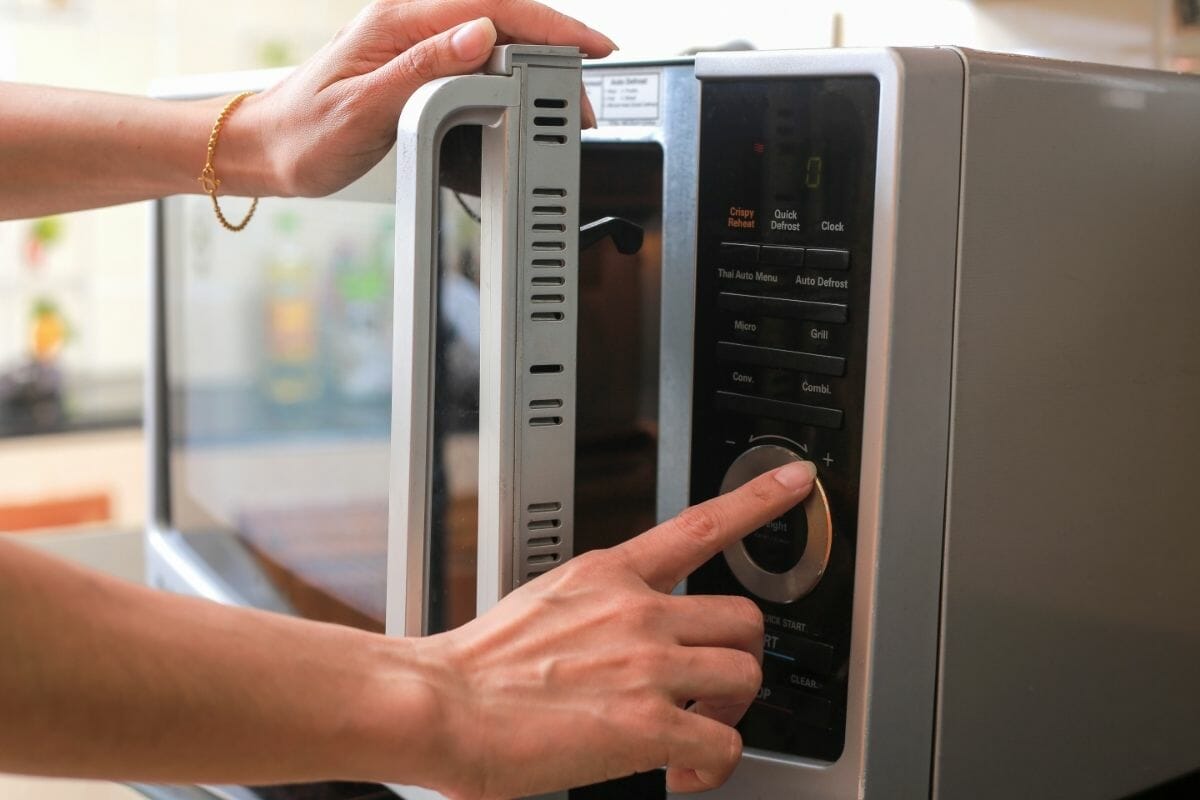

Articles
Why Should You Never Operate An Empty Microwave Oven?
Modified: August 20, 2024
Discover the reasons why operating an empty microwave oven is a big no-no. Read informative articles on microwave safety and avoid potential hazards.
(Many of the links in this article redirect to a specific reviewed product. Your purchase of these products through affiliate links helps to generate commission for Storables.com, at no extra cost. Learn more)
Introduction
In today’s fast-paced world, the microwave oven has become an essential appliance in most kitchens. With its ability to quickly heat and cook food, it has revolutionized our cooking and meal preparation. However, it is crucial to understand that operating a microwave oven without any food or liquid inside can have serious consequences.
In this article, we will delve into the reasons why you should never operate an empty microwave oven. We will explore how microwave ovens work, the dangers associated with running them without any contents, the potential damages that can occur, the health risks involved, and the essential safety precautions to follow when using these devices.
So, let’s dive in and discover why you should always ensure there is something inside your microwave before hitting that start button.
Key Takeaways:
- Never operate an empty microwave to avoid fire hazards, electrical damage, explosion risks, and unsafe radiation exposure. Always prioritize safety and protect your appliance and surroundings.
- To ensure safe microwave usage, follow essential precautions, such as using microwave-safe containers, avoiding metal objects, and never operating an empty microwave. Prioritize safety and protect your well-being and appliance integrity.
Understanding how microwave ovens work
Before delving into the reasons why an empty microwave should never be operated, it’s essential to have a basic understanding of how microwave ovens function.
Microwave ovens utilize electromagnetic radiation in the form of microwaves to heat and cook food. These microwaves are generated by a component called a magnetron, which converts electrical energy into high-powered microwaves.
When you place your food or liquid inside the microwave and set the desired cooking time, the magnetron emits microwaves that penetrate the food and cause water molecules inside to vibrate rapidly. This vibration generates heat, thus cooking or heating the food.
However, when you operate a microwave oven without any food or liquid inside, there is nothing to absorb the microwaves. As a result, the microwaves bounce around the interior, creating a potentially hazardous situation.
Now that we have a better understanding of how microwave ovens work, let’s explore the dangers associated with operating an empty microwave in the following section.
Explanation of the dangers of operating an empty microwave
Operating an empty microwave can have severe consequences due to the way the microwaves interact with the cavity of the oven. Here are some of the dangers involved:
- Fire hazard: When microwaves bounce around inside an empty oven, they can be absorbed by certain materials found in the cavity, such as the plastic turntable or the oven’s interior walls. The excess energy buildup can cause these materials to melt, catch fire, or release toxic fumes, creating a potential fire hazard.
- Electrical damage: Microwaves are designed to be absorbed by food or liquid, not by the oven itself. When an empty microwave is operated, the microwaves can reflect back into the magnetron and cause damage to the internal components, leading to costly repairs or the need for a replacement.
- Explosion risk: Certain foods or liquids, such as eggs or sealed containers, can explode when heated in a microwave without any venting. This is because the trapped steam or pressure needs an outlet for release. Without food or liquid to absorb the microwaves, there is a higher probability of explosion.
- Unsafe microwave radiation exposure: Microwaves are a form of non-ionizing radiation, which means they do not have enough energy to ionize atoms or molecules. However, direct and prolonged exposure to microwaves can still pose health risks, such as heating body tissue and causing burns. This risk is higher when operating an empty microwave, as there is no absorption of the microwaves by food or liquid.
These dangers highlight the importance of never operating a microwave oven without anything inside it. It is crucial to prioritize both your safety and the longevity of your microwave by using it properly and responsibly.
Potential damages caused by operating an empty microwave
Operating an empty microwave can result in various damages to both the appliance and your surroundings. Let’s take a closer look at the potential damages that can occur:
- Internal damage: Microwaves are designed to heat and cook food, not the microwave oven itself. When the microwaves bounce around inside an empty oven, they can reflect back into the magnetron and other internal components. This can lead to overheating, malfunctioning, or even the complete breakdown of the microwave.
- Fire hazards: As mentioned earlier, operating an empty microwave can lead to a fire hazard. If the microwaves are absorbed by the plastic turntable or the interior walls, they can cause them to melt, burn, or release toxic fumes. This poses a significant risk to both your microwave and the safety of your kitchen.
- Damage to the control panel: When microwaves are absorbed by food or liquid, the heat generated is distributed throughout the cooking process. However, when an empty microwave is operated, the microwaves may concentrate on specific areas, including the control panel. Excessive heat can damage the control panel, resulting in malfunctions or permanently impaired functionality.
- Damage to nearby electronic devices: Microwaves emit electromagnetic radiation, which can interfere with nearby electronic devices such as cell phones, Wi-Fi routers, and Bluetooth devices. Operating an empty microwave increases the chances of radiation leakage and interference, potentially causing damage to these electronics.
- Structural damage: In extreme cases, microwaves operating without any contents can cause physical damage to the microwave oven itself. The excessive energy buildup can lead to cracks in the interior lining, breakage of the glass door, or even the rupture of certain components. This not only compromises the effectiveness of the microwave but also poses a safety risk.
These potential damages highlight the importance of never running an empty microwave. Proper usage and following safety guidelines are essential to protect both your microwave and your surroundings from harm.
Never operate an empty microwave oven because it can damage the magnetron, the component that generates the microwaves. This can lead to costly repairs or the need for a new microwave. Always ensure there is something to heat or cook inside the microwave before turning it on.
Health risks associated with using an empty microwave
The health risks associated with using an empty microwave primarily relate to the exposure to microwave radiation. Although microwaves are a form of non-ionizing radiation, direct and prolonged exposure can still pose certain risks to human health. Here are some health risks to consider:
- Thermal burns: Microwaves work by heating water molecules within food or liquid, causing them to vibrate and generate heat. Operating an empty microwave means there is no food or liquid to absorb the microwaves, increasing the risk of thermal burns if you accidentally come into contact with the interior surfaces or items that have been heated in the process.
- Eye damage: Direct exposure to microwave radiation can potentially harm the eyes. Prolonged exposure may cause redness, irritation, or other eye discomfort. It is crucial to keep a safe distance and avoid looking directly into an operating microwave to minimize the risk of eye damage.
- Allergic reactions: Some individuals may experience allergic reactions when exposed to certain materials in the microwave oven cavity. When microwaves bounce around an empty oven, they can be absorbed by the interior walls or other components made of materials that may trigger allergic reactions in sensitive individuals, such as plastics or certain metals.
- Electromagnetic hypersensitivity: While controversial, some individuals claim to experience electromagnetic hypersensitivity, which includes symptoms such as headaches, fatigue, difficulty sleeping, and dizziness when exposed to electromagnetic radiation. Operating an empty microwave may increase their discomfort and trigger these symptoms.
- Toxic fume inhalation: When an empty microwave oven is operated and the microwaves are absorbed by certain materials, such as plastic, the extreme heat can cause these materials to release toxic fumes. Inhaling these fumes can lead to respiratory problems or other health issues.
To ensure your safety and minimize the potential health risks associated with microwave usage, it is essential to always have food or liquid inside the microwave when operating it. Following safety guidelines, such as not using containers or utensils that are not microwave-safe and maintaining a safe distance during operation, can further mitigate these risks.
Safety precautions for microwave oven usage
To ensure the safe and proper usage of your microwave oven, it is important to follow these essential safety precautions:
- Use microwave-safe containers: Always use containers that are specifically labeled as microwave-safe. These containers are designed to withstand the heat generated by microwaves and prevent potential hazards, such as melting or leaching of harmful substances into your food.
- Avoid metal objects: Metal objects can cause sparks and potentially damage the microwave. Never place metal utensils or containers in the microwave, as they can reflect or absorb the microwaves, leading to electrical arcing or a fire hazard.
- Stir and check for hot spots: After heating or cooking food in the microwave, always stir it thoroughly and check for hot spots. Microwaves can heat food unevenly, so stirring helps distribute the heat and ensures that your food is heated or cooked consistently.
- Use microwave-safe covers: When covering food in the microwave, use microwave-safe covers or a microwave-safe wrap to prevent food splatters. This helps maintain cleanliness and reduces the risk of burns from hot food or liquids.
- Never operate an empty microwave: As discussed earlier in this article, never run your microwave without food or liquid inside. Operating an empty microwave can cause damage to the appliance, potential fire hazards, and health risks due to microwave radiation exposure.
- Follow manufacturer’s guidelines: Read and follow the manufacturer’s instructions and guidelines for your specific microwave model. This will ensure that you are using the appliance correctly and following any safety recommendations provided by the manufacturer.
- Keep your microwave clean: Regularly clean the interior and exterior of your microwave to prevent the buildup of food residues, which can lead to unsanitary conditions and compromise the functioning of the appliance.
- Supervise children: Never allow children to operate the microwave unsupervised. Microwaves can get extremely hot, and children may not understand the potential dangers associated with their use. Always ensure that children are safely away from the appliance when it is in operation.
- Regular maintenance: Schedule regular maintenance checks for your microwave to ensure that it is functioning properly. This includes inspecting the electrical cord, ensuring that the door seals properly, and checking for any signs of damage or wear.
By following these safety precautions, you can minimize the risk of accidents, damage to your microwave, and potential health hazards. It is always better to prioritize safety and take the necessary steps to protect yourself, your loved ones, and your appliance.
Conclusion
In conclusion, operating an empty microwave oven should be avoided at all costs. The dangers, potential damages, and health risks associated with running a microwave without any food or liquid inside are significant and can have serious consequences.
Understanding how microwave ovens work allows us to comprehend why operating them empty is unsafe. Microwaves rely on the absorption of these waves by food or liquid to generate heat for cooking. When an empty microwave is operated, the microwaves bounce around and can cause fire hazards, electrical damage, explosion risks, and unsafe microwave radiation exposure.
The potential damages caused by operating an empty microwave include internal damage, fire hazards, damage to the control panel, damage to nearby electronic devices, and even structural damage to the microwave oven itself. These damages not only compromise the effectiveness of the microwave but also pose risks to your safety and the longevity of the appliance.
The health risks associated with using an empty microwave primarily relate to exposure to microwave radiation. These risks include thermal burns, eye damage, allergic reactions, electromagnetic hypersensitivity, and toxic fume inhalation. Minimizing direct and prolonged exposure to microwave radiation through proper usage is crucial to protecting your health.
To ensure the safe usage of your microwave oven, it is important to follow essential safety precautions. These precautions include using microwave-safe containers, avoiding metal objects, stirring and checking for hot spots, using microwave-safe covers, never operating an empty microwave, following the manufacturer’s guidelines, keeping your microwave clean, supervising children, and scheduling regular maintenance checks.
By adhering to these safety precautions and being mindful of the risks associated with operating an empty microwave, you can enjoy the convenience and efficiency of this kitchen appliance while prioritizing your well-being and the integrity of your microwave oven.
Remember, when it comes to microwaves, always put safety first and never operate an empty microwave.
Frequently Asked Questions about Why Should You Never Operate An Empty Microwave Oven?
Was this page helpful?
At Storables.com, we guarantee accurate and reliable information. Our content, validated by Expert Board Contributors, is crafted following stringent Editorial Policies. We're committed to providing you with well-researched, expert-backed insights for all your informational needs.
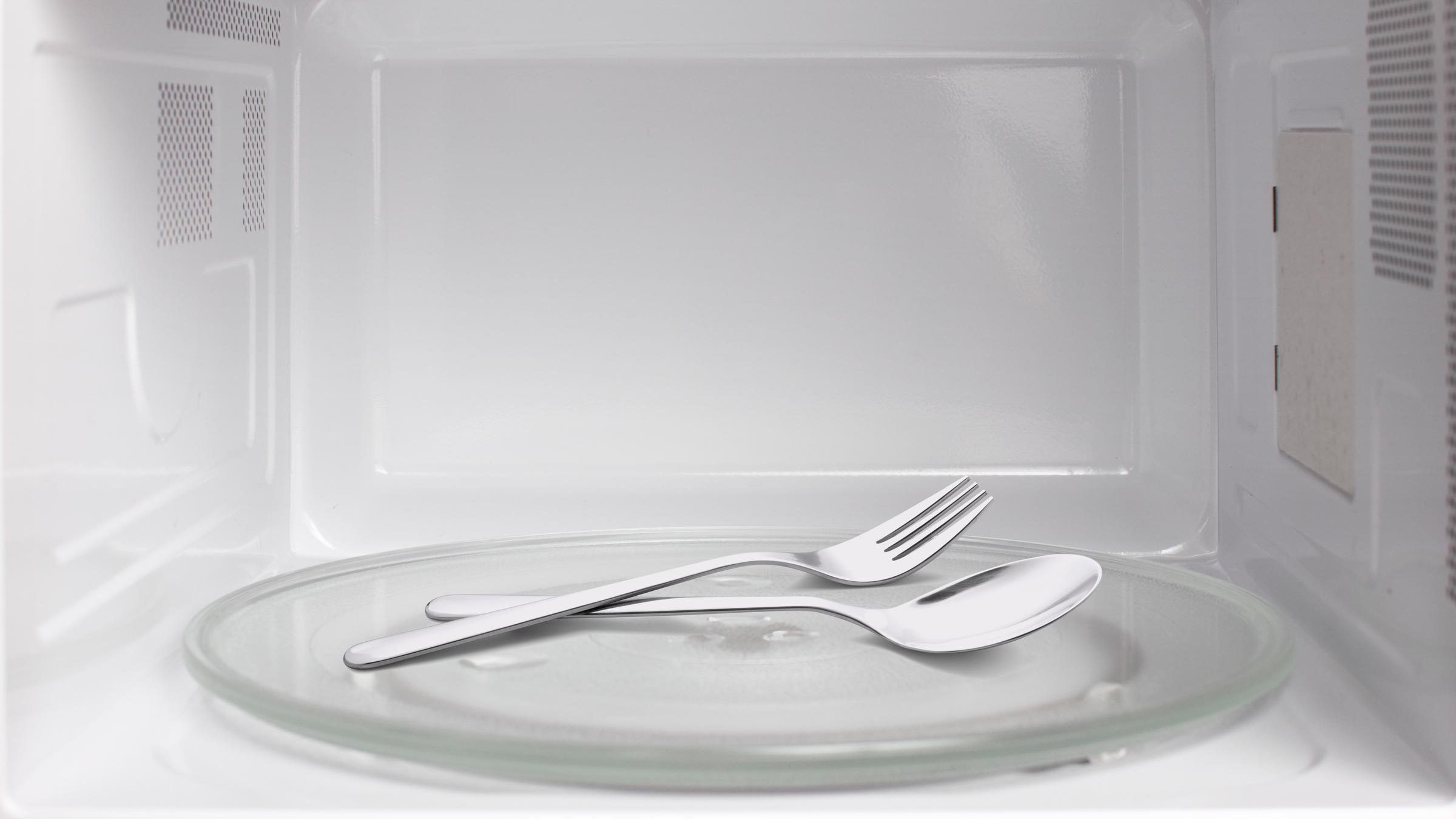







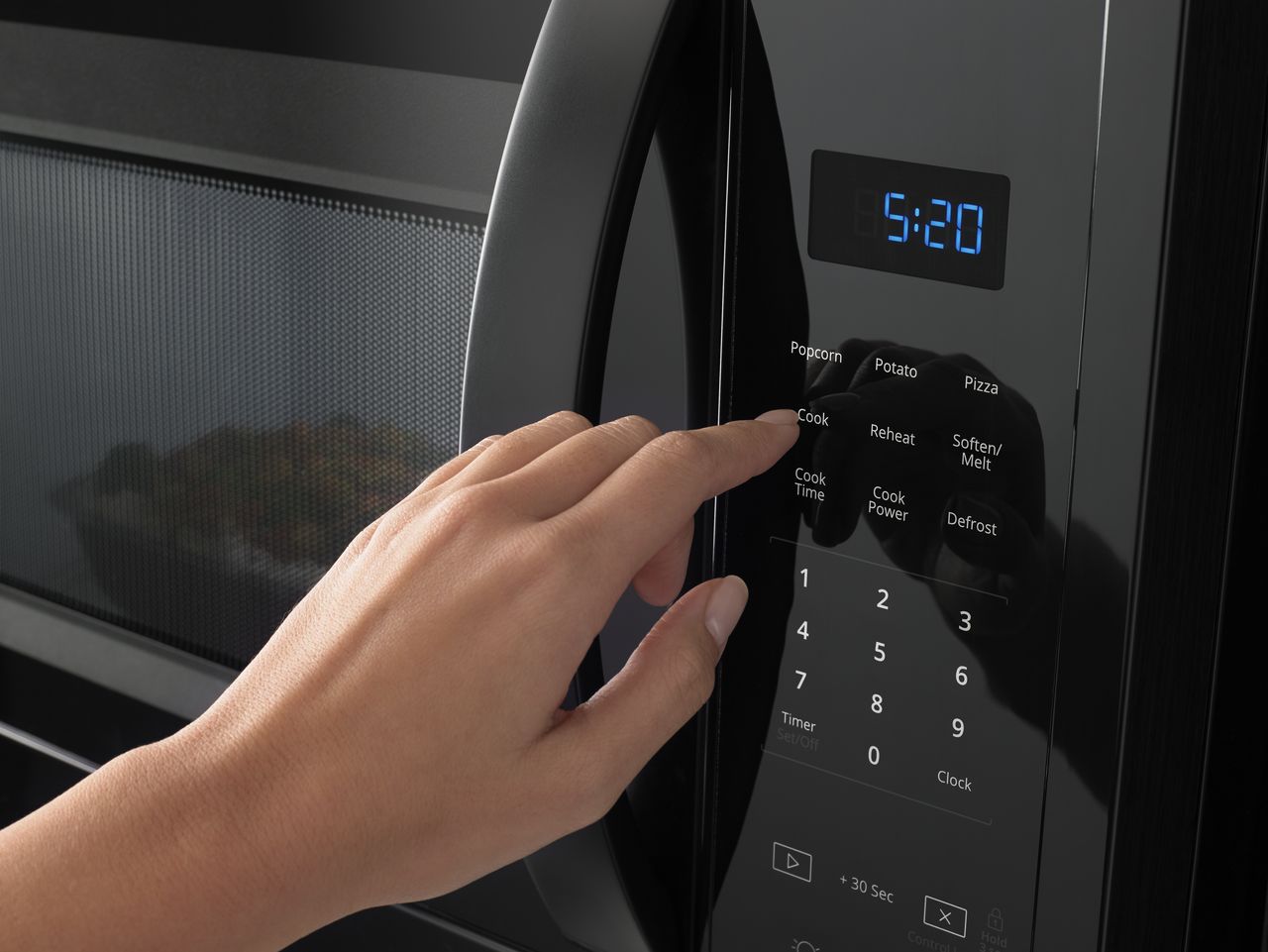



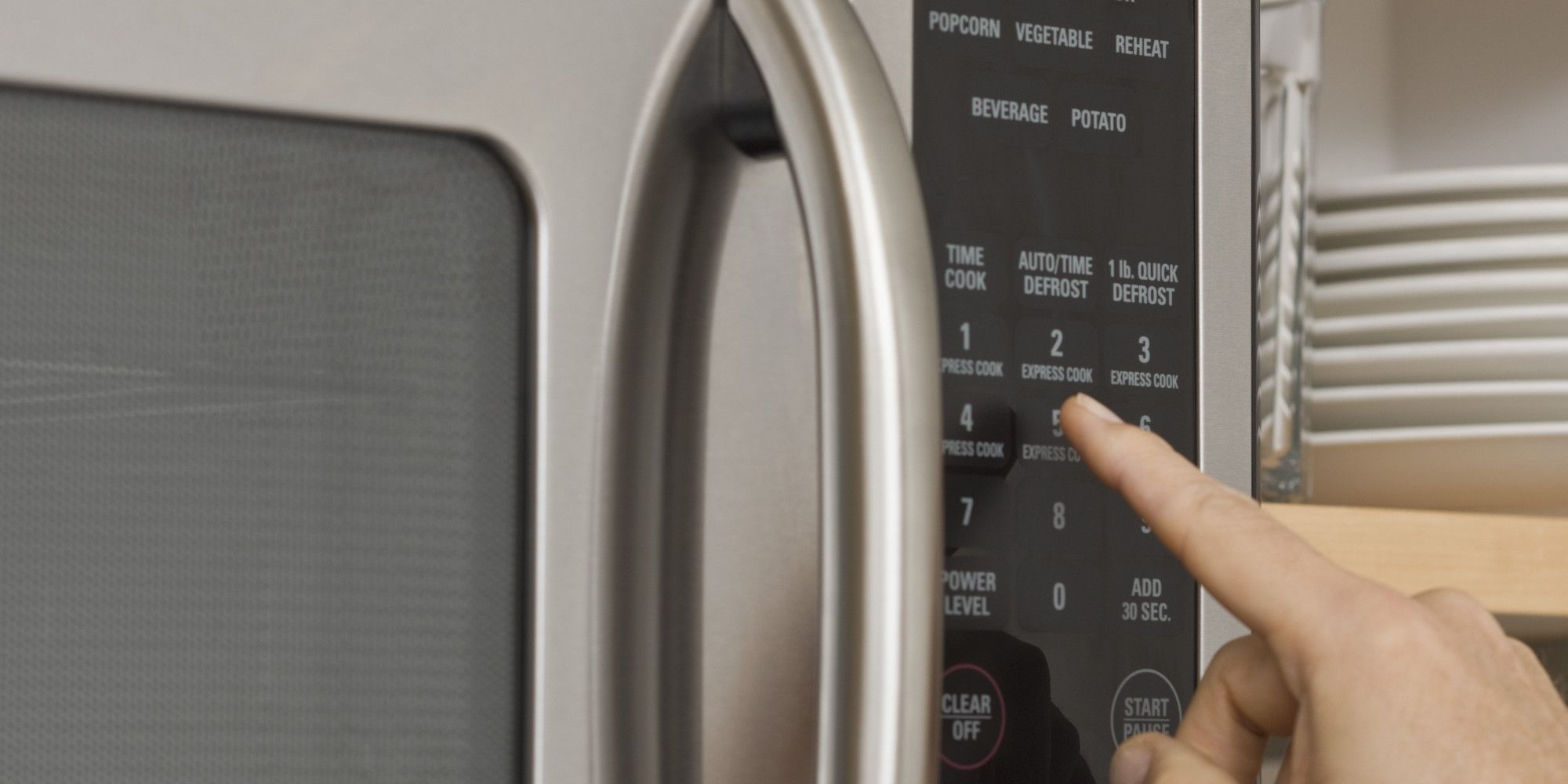
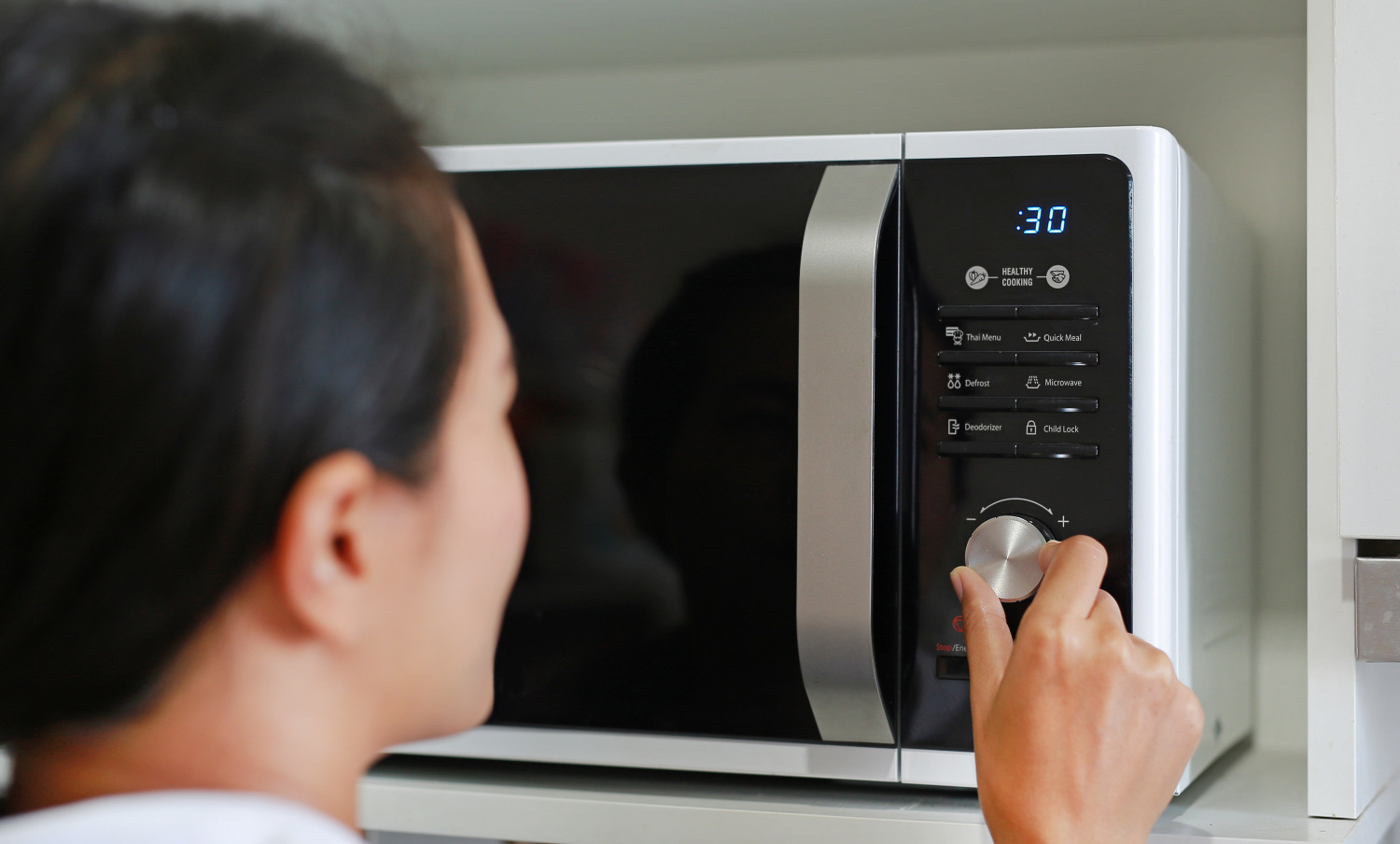

0 thoughts on “Why Should You Never Operate An Empty Microwave Oven?”